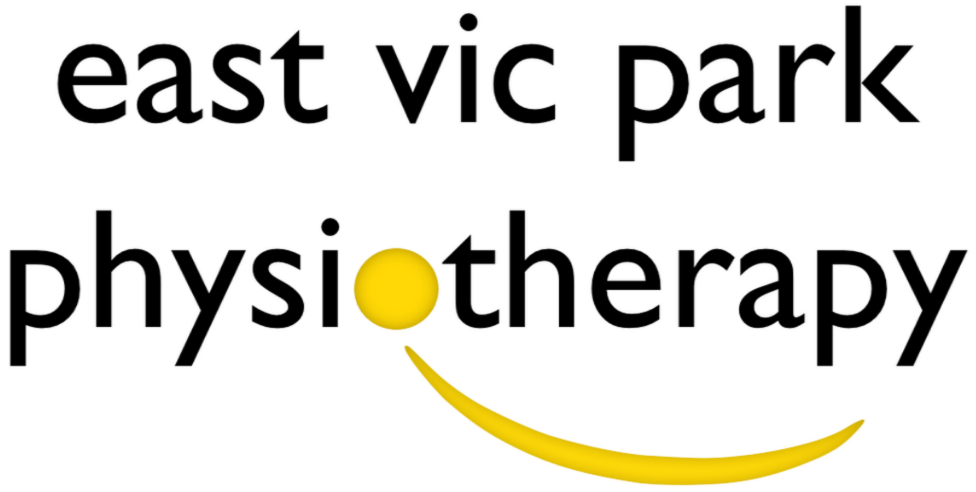
REPS AND ROADS: WHY ENDURANCE ATHLETES NEED TO GET STRONG
Contact sports, powerlifting, and bodybuilding have long been synonymous with strength training. But what if I told you that getting your reps in at the gym is just as important as getting your reps in on the road?
Contact sports, powerlifting, and bodybuilding have long been synonymous with strength training. But what if I told you that getting your reps in at the gym is just as important as getting your reps in on the road? For endurance athletes, strength training shouldn’t be considered a training adjunct, but a crucial component for developing a competitive edge and elevating overall performance. Whether its chasing Strava kudos, winning races, or trying to stay out of your physios waiting room, lifting weights is a sure-fire way to take your endurance game to the next level.
Endurance sport is all about the long game, that’s why no matter which discipline you take on, efficiency should be your top priority. The ability to move efficiently means using less energy to maintain a given speed, in short, you’ll be able to hold higher paces for longer. Strength training supports this through various pathways, these include better coordination, increased tendon stiffness, and enhanced muscular recruitment. Together, these adaptations lead to better movement economy, giving you a tangible edge in performance.
If you’re like me and suffer from jelly legs during an uphill effort on your leisurely Sunday long ride, this one is for you. Strength training has been proven to boost maximal force production and rate of force development, translating into more power on the bike. Research has consistently shown that athletes who uilise regular strength training gain a competitive edge over those who do not, particularly when it comes to sprint finishes.
If generating more power on the bike or becoming an efficient runner wasn’t enough to get you lifting weights, perhaps this will. Whether you’re a recreational rider or four weeks into a training block, overuse injuries will have you spending more time on a foam roller than on the road. Luckily, strength training can help you develop robust muscles, ligaments, and tendons that can better absorb and distribute load, reducing joint stress. In fact, a review from 2014 showed that strength training can reduce sport related injuries by up to 68%, that's a lot!
We all know the feeling of getting to end of a long run and battling the inevitable feeling of your legs giving up. That’s why building fatigue resistant muscles is so important for endurance athletes. Strong postural muscles help maintain good running form, efficient movement, and strong performance in the later stages of a race or training session. This point has been highlighted in the research showing that strength training increases time to exhaustion in top-level endurance athletes.
Finally, one the greatest benefits of strength training is its ability to develop lean body mass in endurance athletes. This adaptation allows athletes to build muscle without altering overall body weight, which has been shown to positively impact Vo2 max. Additionally, having more muscle creates efficient movement resulting in fewer energy leaks during training.
While endurance training lays the foundation on which an athlete is built, strength training provides the walls that keep the building strong. From improving movement economy to developing injury resilience, strength training isn’t just complementary, it is essential for those looking to step up their endurance game.
If you are training for your next endurance event and need some physio help then get in touch with our resident endurance athlete and superstar physio Connor. Bookings can be made online or by calling 9361 3777.

